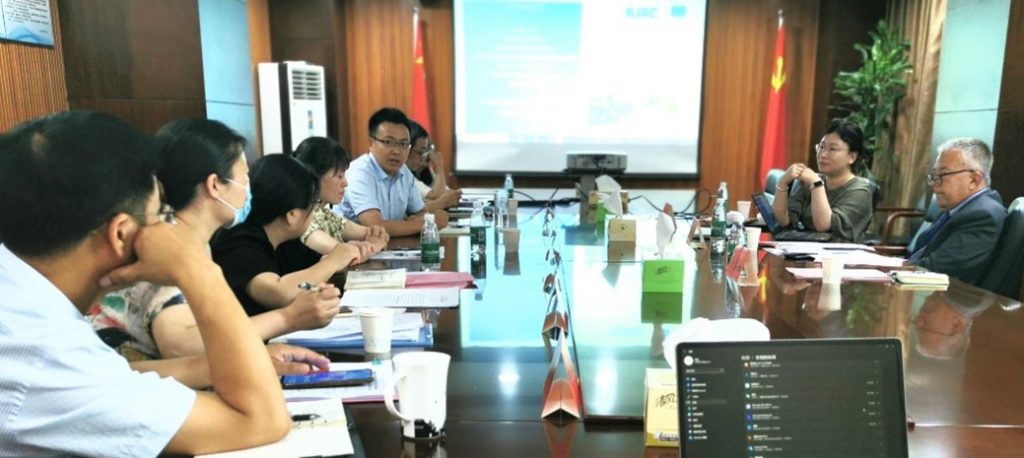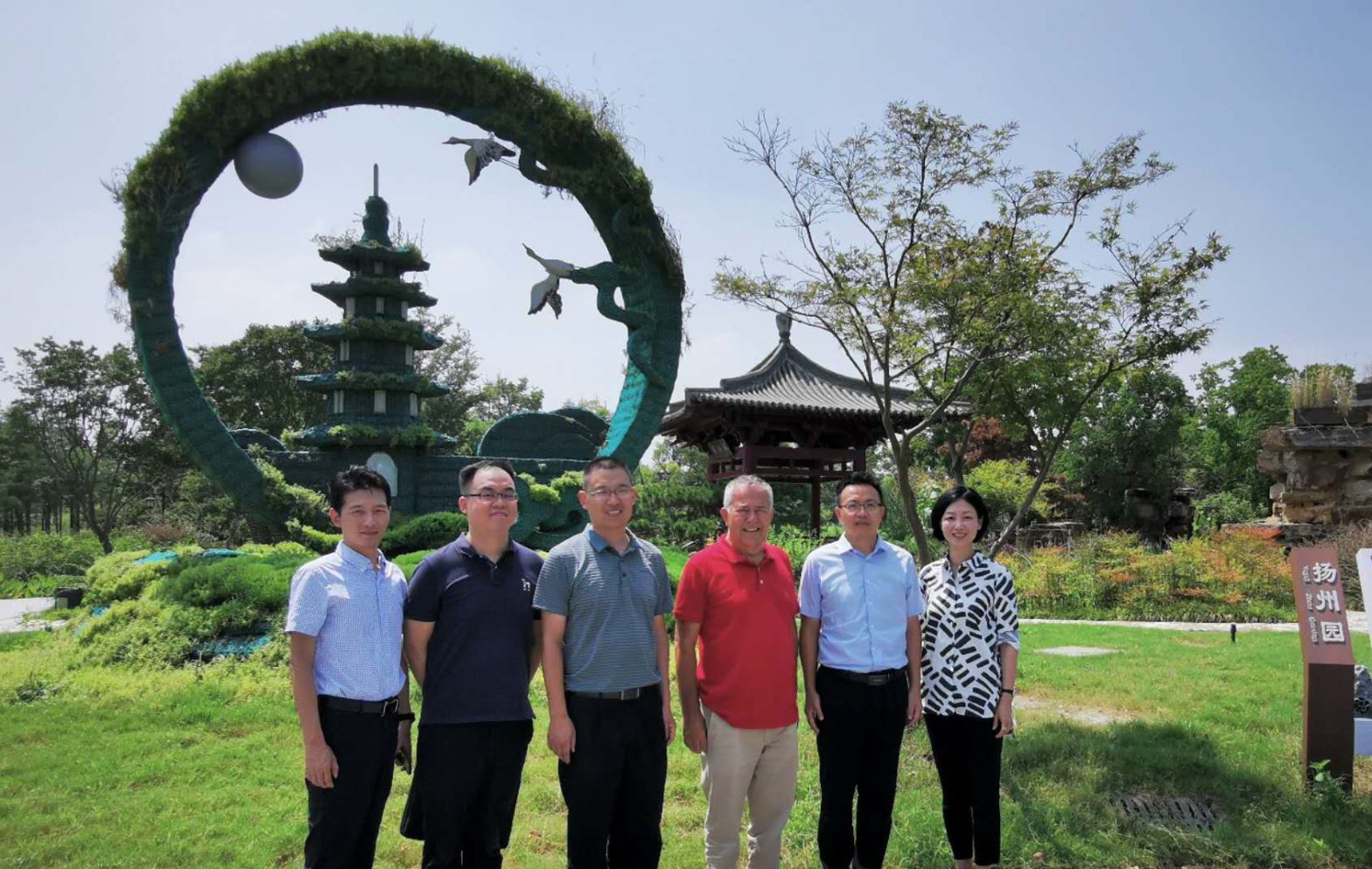From August 23rd to 25th, NCI/Bologna delegation visited Yangzhou for a renewed joint commitment to ecological, cultural, and urban sustainable development
The visit is a continuation of the ongoing collaboration that began during the IUC project (2016 -2020), where the NCI-Bologna initiated a partnership with Yangzhou. A highlight of this cooperation was the NCI-Bologna’s participation in the 2021 Yangzhou International Horticultural Exposition, where the good practices were showcased through the Bologna City Pavilion.
On August 23rd, discussions held at the Yangzhou city government brought together multipal stakehoders from diverse fields, including urban regeneration, culture and creative sector and academic institutions. The central theme discussed are integrating green, low-carbon, and circular economy concepts into urban and cultural developments. Later in the day, the delegates visited Yangzhou University, discussing a joint platform for education and training in areas of music, art&craft, and cultural heritage preservation. 
The following day, the delegation visited the historic Guangling town in Yangzhou. They explored cultural heritage preservation initiatives, focusing on case of the Wang’s Courtyard and Renfengli ancient district. The exchange provided insights into Yangzhou’s urban renewal and heritage preservation strategies, developing the synergies with NCI-Bologna in smart and green urban revitalisation with cultural and ecological perspectives.
On August 25th, the NCI-Bologna delegation revisited their contribution to the 2021 Yangzhou International Horticultural Exposition. The Bologna city pavilion stood as a good practice example to the integrated approach for urban regeneration, highlighting the nature-based solutions. The design presented the ties between the NCI-Bologna and traditional Chinese gardens, advocating for a green and resilient urban development.
This visit signifies a strengthening connection between the two cities. Both being culturally significant cities built near waterfront, they share mutual values in urban ecology and cultural exchange. Futher cooperation plans involve both mayors exchanging letters to consolidate the shared vision, plan for exchange programs and joint initiatives aiming at smarter, sustainable urban living, supported the by nature-based solutions and technological advancements.






